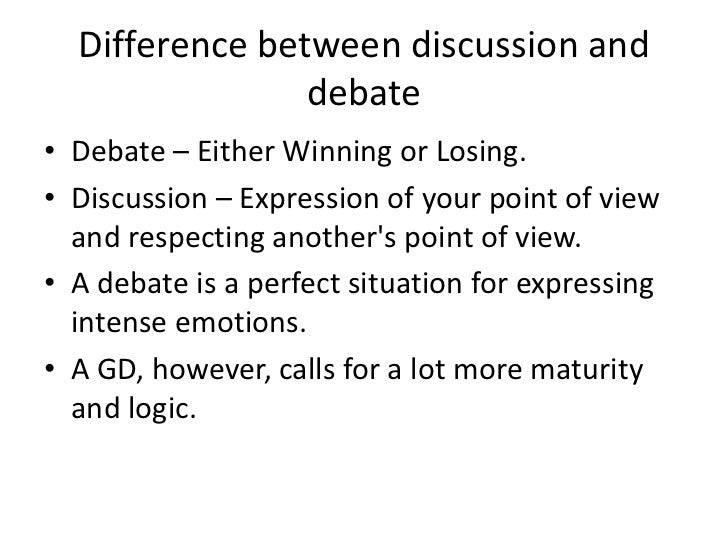



A group of two or three generally doesn’t need a leader to have a good discussion, but once the number reaches five or six, a leader or facilitator can often be helpful. The literal definition of a group discussion is obvious: a critical conversation about a particular topic, or perhaps a range of topics, conducted in a group of a size that allows participation by all members. In this last section of a chapter on group facilitation, we’ll examine what it takes to lead a discussion group well, and how you can go about doing it. You also may be in a position to lead one, and that’s what this section is about. Group discussions are common in a democratic society, and, as a community builder, it’s more than likely that you have been and will continue to be involved in many of them. A community health educator facilitates a smoking cessation support group.Īll of these might be examples of group discussions, although they have different purposes, take place in different locations, and probably run in different ways.

A politician convenes a “town hall meeting” of constituents to brainstorm ideas for the economic development of the region. Members of an environmental group attend a workshop on the effects of global warming. A college class in human services approaches the topic of dealing with reluctant participants. A group of parents meets to wrestle with their feeling that their school district is shortchanging its students. Learn how to effectively conduct a critical conversation about a particular topic, or topics, that allows participation by all members of your organization.Ī local coalition forms a task force to address the rising HIV rate among teens in the community.


 0 kommentar(er)
0 kommentar(er)
